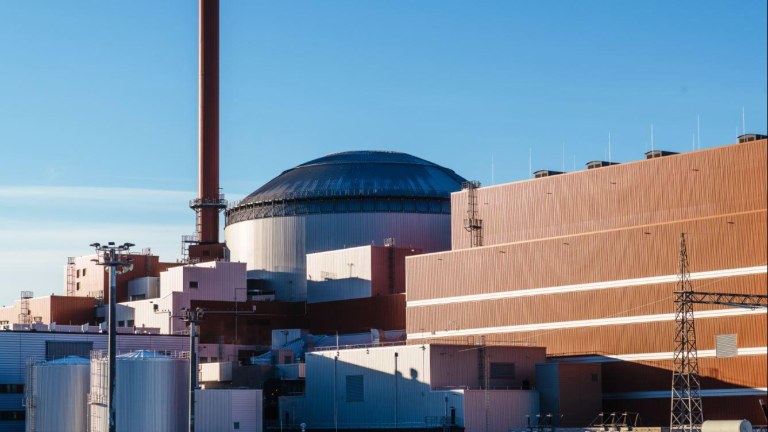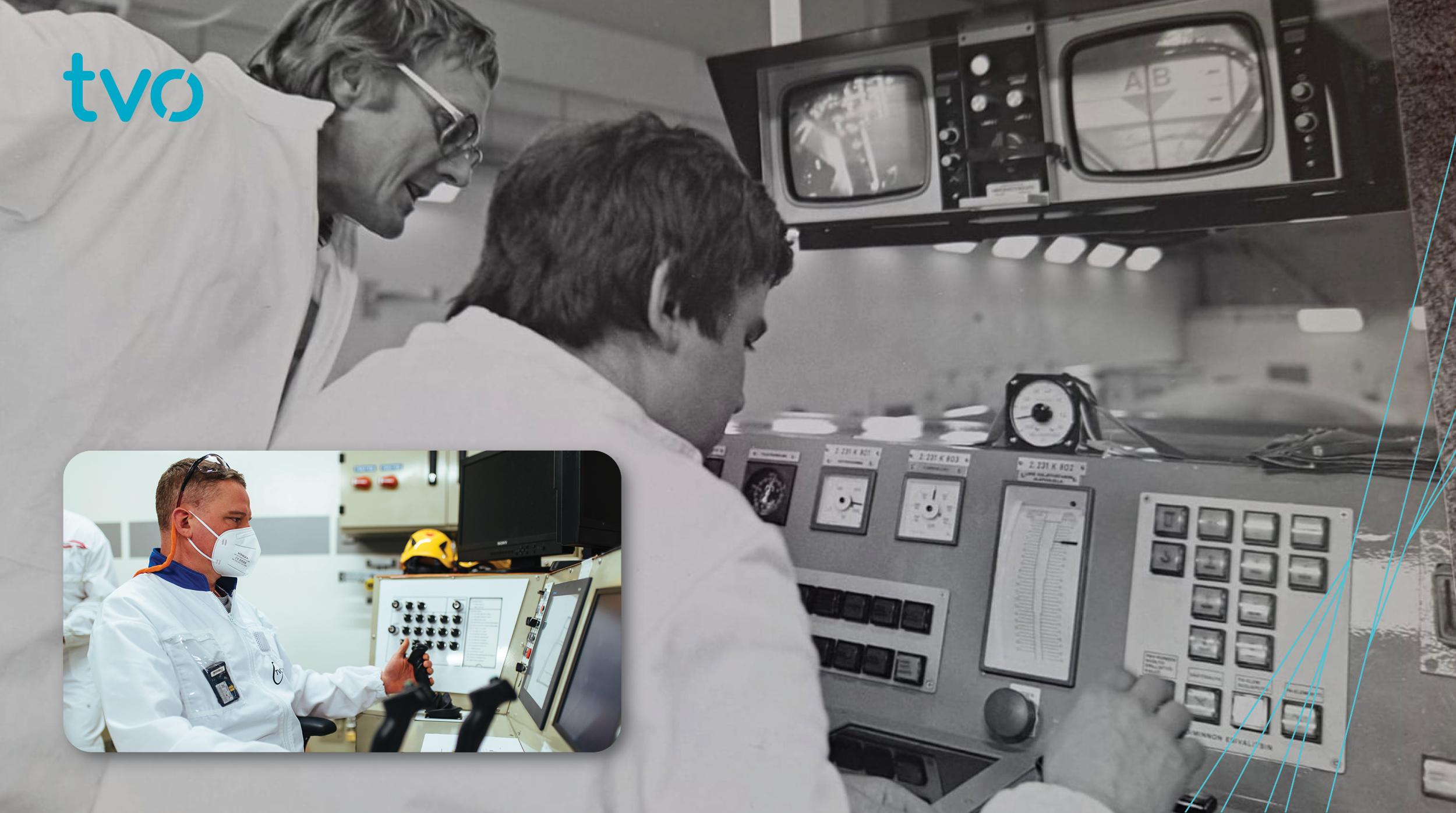Olkiluoto 3 prepares for first criticality
The hot functional test is currently ongoing at Olkiluoto 3, which is the final major test before first criticality and the start of electricity production. Yet another milestone was reached this week.

The fuel loading of OL3, which lasted for five days, was completed successfully at the end of March. Now, preparations are underway for first criticality and the start of electricity production. First criticality means the start of a chain reaction, that moment when heat is made for the first time with splitting cores of uranium atom.*

The first fuel assembly was loaded in place by TVO's Klaus Frisk, thus creating a fun father-son continuum. His father, Kalevi Frisk, loaded the first assembly at OL2 more than 41 years ago.
Since the fuel loading, work has progressed with both the reactor internals and the pressure vessel head now in place. The hot functional test that lasts for several weeks is currently ongoing. This week, the test progressed to a stage where the primary circuit's pressure and temperature rose to the maximum levels of the test (154 bar g, 303 °C). Now, a so-called stable period is continued for about a week, where the aforementioned parameters are kept constant. 250 tests are carried out as part of the hot functional test, including testing the neutron flux measurement system and testing the control rod drive mechanism.
The hot functional test is the last major step before the reactor is made critical and electricity production is started. Every day brings us closer to the largest single climate action in Finland.
* Inside a nuclear reactor Uranium nuclei are split with neutrons, releasing energy and new neutrons. The release of neutrons causes a chain reaction that keeps the nuclear reactor running. The energy is mainly released as kinetic energy from fission products, which is converted into thermal energy and further converted into electricity. Thus, water is boiled in a nuclear power plant with the heat generated by the fission of uranium nuclei. The generated steam drives a turbine that drives a generator. This creates electricity from kinetic energy.
Text: Juha Poikola
The video gives a short overview of fuel loading.
Share